Global Collaborative Research and Education Center for Integrated Flow Science (IFS-GCORE)
High Speed Reacting Flow Laboratory
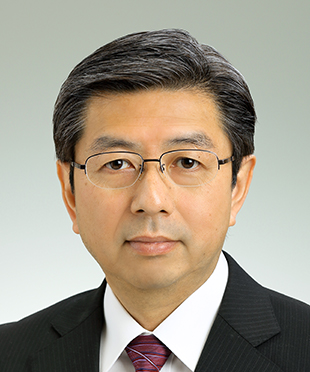
Concurrent ProfessorHideaki Kobayashi
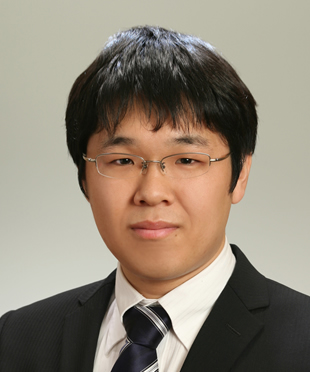
Associate ProfessorAkihiro Hayakawa

Specially Appointed Assistant ProfessorXia YU

Specially Appointed Assistant ProfessorYi-Rong CHEN
Combustion is a complex phenomenon composed of multi-dimensional dynamics of temperature, concentration, velocity, and chemical reactions. And also advanced combustion technologies are essential for solving the environmental and energy problems. Our laboratory focuses on investigation of combustion phenomena, development of diagnostics and analysis method. Projects on turbulent combustion at high pressure and high temperature, heterogeneous combustion such as fuel spray and wastes, and controlling of supersonic combustion are in progress.
Combustion Science and Highly Efficient Energy Technology
Combustion as a core of energy technologies today requires development of new fuels and further increase in thermal efficiency as well as deep understandings of aerothermochemistry. Turbulent combustion mechanism in a high pressure and high temperature environment for highly efficient energy systems is investigated using advanced laser diagnostics.
Flame Holding and Flame Structure in Supersonic Flow
Mixing, combustion and interaction of shock wave in supersonic flow are representative high-speed reacting flows, and essential study for the development of a scramjet engine. In our laboratory, flame observation using planar laser induced fluorescence for OH (OH-PLIF) and numerical simulation are performed in order to investigate the flame structure and flame holding mechanisms in cavity flame holder in supersonic flow.
 Experiment (Direct Photo)
Experiment (Direct Photo)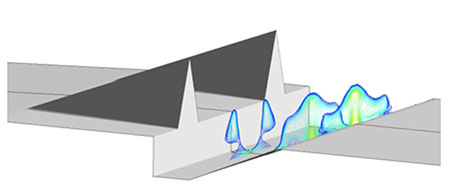 Simulation (OH concentration)
Simulation (OH concentration)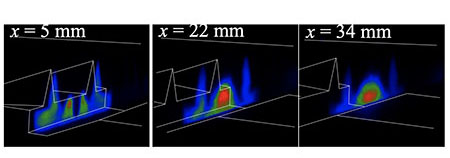 Experiment (OH-PLIF)
Experiment (OH-PLIF)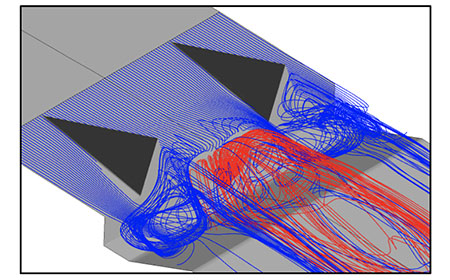 Simulation (Streamline)
Simulation (Streamline)
Combustion Science of Carbon-free Ammonia
In order to achieve carbon neutral society, application of ammonia as fuel is anticipated. However, fundamental combustion characteristics of ammonia has not been clarified yet, and detail reaction mechanisms and product gas characteristics are needed to be clarified. In our laboratory, fundamental laminar flame characteristics are studied using spherically propagating flames and twin flames. In addition, flame stability and spray combustion characteristics of ammonia in a swirl burner are investigated toward an application for ammonia fueled gas turbine.
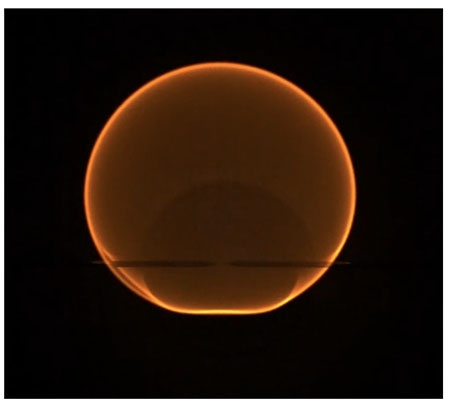 Spherically propagating ammonia/air premixed flame
Spherically propagating ammonia/air premixed flame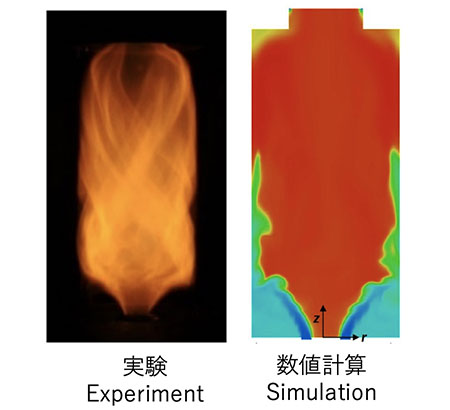 Ammonia flame stabilized in a swirl burner
Ammonia flame stabilized in a swirl burner
 Reaction flow of ammonia/air premixed flame
Reaction flow of ammonia/air premixed flame

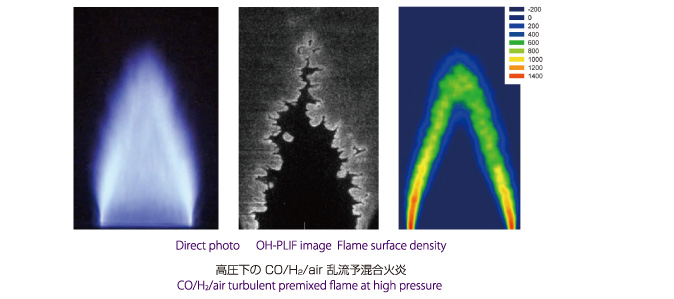
 Associate Professor Akihiro Hayakawa (High Speed Reacting Flow Laboratory) has been selected as one of the 2022 Energy and Fuels Rising Stars. (2022.10.20)
Associate Professor Akihiro Hayakawa (High Speed Reacting Flow Laboratory) has been selected as one of the 2022 Energy and Fuels Rising Stars. (2022.10.20)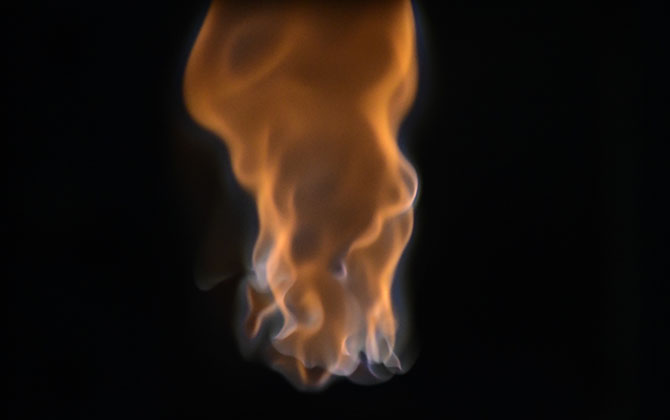 Specially appointed assistant professor Sophie Colson’s work won “Grand Prix of the Jury Award” at the France-Japan Science Photo Contest “Subtle and profound of science – Beauté cachée de la science” hosted by the Embassy of France in Japan
Specially appointed assistant professor Sophie Colson’s work won “Grand Prix of the Jury Award” at the France-Japan Science Photo Contest “Subtle and profound of science – Beauté cachée de la science” hosted by the Embassy of France in Japan 【Media Coverage】Professor Kobayashi’s interview on FNN Prime Online
【Media Coverage】Professor Kobayashi’s interview on FNN Prime Online [Accepting popular votes now] Specially appointed assistant professor Sophie Colson’s work was selected for the 1st Science Photo Contest “Subtle and profound of science – Beauté cachée de la science”.
[Accepting popular votes now] Specially appointed assistant professor Sophie Colson’s work was selected for the 1st Science Photo Contest “Subtle and profound of science – Beauté cachée de la science”.